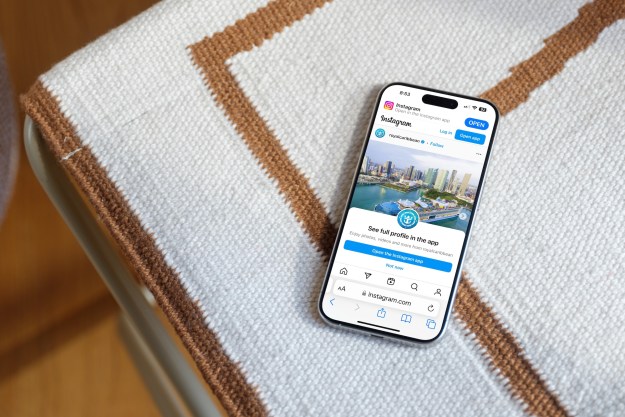There are a lot of different things to be concerned about as a parent, but the internet ranks increasingly high on that list. What parent hasn’t worried about what their children might be exposed to and what they might say or share online? We all know about the dangerous content that lurks online, we all fear cyberbullying, and it’s natural to have concerns about screen time. Part of the problem is that most of us were never taught about online safety, so making sure that our kids understand how to stay safe online is challenging.
More than half of parents have never received online safety training, according to a nationwide survey Google conducted, and just 40% feel confident enough to talk to their family about online safety. There’s a growing expectation that kids will be taught about online safety in the classroom. In fact, two out of three parents believe kids should learn about online safety both at home and in the classroom.
To help parents and kids get online safety training Google is partnering with several organizations nationwide, including the National PTA, YMCA, and Scholastic. As part of these partnerships, more than 400 free, bilingual family online safety, citizenship, and digital well-being workshops are being held in 46 states across the country for Safer Internet Day and throughout the week following. This builds on the work that Google is already doing with its Be Internet Awesome program (which is called Be Internet Legends in the United Kingdom).
“Be Internet Awesome is truly our marquee online safety program for kids. It’s brand and platform agnostic. We talk about search, we talk about email, we talk about social media at large, so that whatever apps or whatever platforms kids and families are using it’s applicable to them,” Jessica Covarrubias, education program lead at Google, told Digital Trends. “For Safer Internet Day, we’re announcing a few partnerships within the realm of parents and educators to help us really drive awareness of these resources.”
Google offers advice for parents and kids, as well as lesson plans and other resources for educators, and even a game you can play in your browser called Interland, which reinforces online safety and positivity. These materials have been developed with advice from experts in internet safety and they’re offered for free. During this week, starting with Safer Internet Day, and through Google’s partnership with Scholastic, take-home materials will be distributed in 50,000 classrooms to help kids and parents start a conversation about online safety and also to make families aware of some of the help they can find online.
The Be Internet Awesome program is also expanding, with launches in Spain, Netherlands, Africa, and Indonesia bringing it to a total of 24 countries. New media literacy activities, designed to help kids understand what’s real and what’s fake and evaluate what they see online are also being added to existing programs about how to protect your privacy, pick strong passwords, and spot scams that may come in emails or via social media messaging.
This program complements Google’s Family Link parental controls, which provide a clear and easy way to see what your kids are doing online and to set limits.
“Family link allows families to kind of set guardrails around what type of content is OK, app limits, and screen time,” Covarrubias explained. “That’s kind of the minimum, and then from there you can help kids learn and get their driver’s license to the internet as we like to call it.”
The program and materials have been developed with expert advice, but Google has also consulted with parents and kids. One of the interesting discrepancies that came up from the recent parent survey was that parents worry about different things for themselves online than they do for their kids. For themselves, the greatest concern was security and keeping their information safe, but kids were most worried about the content they might be exposed to. The top online safety concerns parents had about their children were:
- Inappropriate content online: 38%
- Communicating responsibly: 20%
- Cyberbullying: 15%
Ensuring that children do not watch content that parents don’t approve of was also named as the biggest challenge in ensuring kids have a healthy digital lifestyle. It can be tough for parents to keep up with their kids’ online lives and understand what the latest apps are all about.
“Our biggest barrier is driving awareness among parents,” said Covarrubias. “This is why we’re partnering with these organizations that have a strong foothold in the parent community.”
The idea with this program is that concepts are broken down in a simplistic way that the whole family can understand. Learning how to be safer online together can be a great way to open up a dialogue between parent and child and giving them a common language to talk about online safety. Google’s research also revealed that the main reason kids don’t tell their parents about troubling things they find online is because their parents often freak out when they do.
“We want to encourage parents to open the lines of communication and talk to kids,” Covarrubias explained.
If you’re interested in learning more and maybe attending a workshop, they’re completely free, and you can sign up with the YMCA or the National PTA.
Editors' Recommendations
- The best free parental control software for PC, Mac, iOS, and Android
- How to track your kid’s digital footprint with Google Family Link
- Google Chromebook quirk forces a decision: Parental controls or schoolwork?
- Addicted to your phone? Try one of Google’s clever new ‘experiments’
- Any child who can do basic math can hack YouTube Kids’ parent controls

